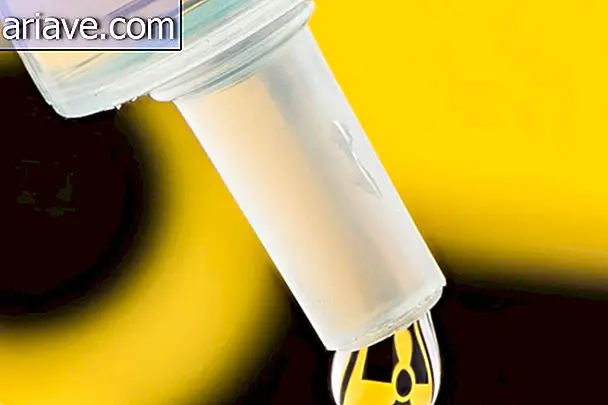Did you know that sharks have two "penises"?
If you don't know, sharks, like other cartilage fish - such as rays, for example - are endowed with a pair of sex organs called clasper . These structures resemble elongated tubes and are located near the pelvic fins, and are used to release semen and aid in the mating process. But how, after all, did these animals develop these curious "penises"?
According to Emily DeMarco of the Science Mag portal, it has long been debated about the evolutionary origin of the clasper and their need. For now, a study by researchers at the University of Florida, USA, found that these structures form due to prolonged action on a gene known as the “ Sonic hedgehog ” - or SHH - name that, as you may have guessed, was inspired by a famous video game character.
Sonic

This gene is present in many animals - including humans - and plays a key role in brain organization and regulating limb phalanx growth, among other functions. What scientists have now discovered is that SHH also promotes the development of two “penises” in cartilaginous fish at the end of male pelvic fin formation.

The discovery came as researchers conducted experiments with embryos of rays of the species Leucoraja erinacea . After comparing male and female fetuses, the scientists observed that in "boys" SHH remained active in regions where clasper formed four weeks longer than in "girls". Also, of course, researchers have done experiments inhibiting and stimulating the action of this gene on embryos!
Exchange-Trading

To prove that prolonged exposure to SHH was responsible for the appearance of the "penis", scientists inhibited the action of the gene in males, interfering with the appearance of clasper. The researchers also activated the gene in females, causing poor women to develop male sexual structures. They also found that the androgen sex hormone was responsible for prolonging SHH activity in males.
According to Emily, scientists believe that at some point in the evolutionary history of cartilaginous fish, these animals have developed a mechanism to regulate how hormones affect the emergence of male sex organs. However, no one yet knows why males rely on a pair of "penises" as only one of them is employed during mating.
Still, as they explained, the same mechanism of action of SHH could explain the origin of the clasper in the placoderms, an already extinct group of fish that are the earliest example of vertebrates introducing sperm into females through specially structured structures. developed for copulation. Therefore, the finding could help explain the evolution of penises in vertebrates in general.











